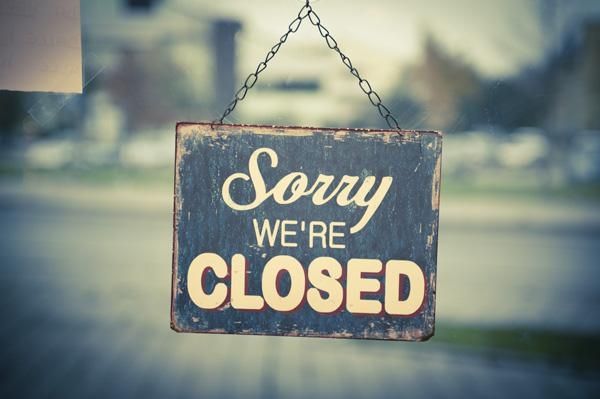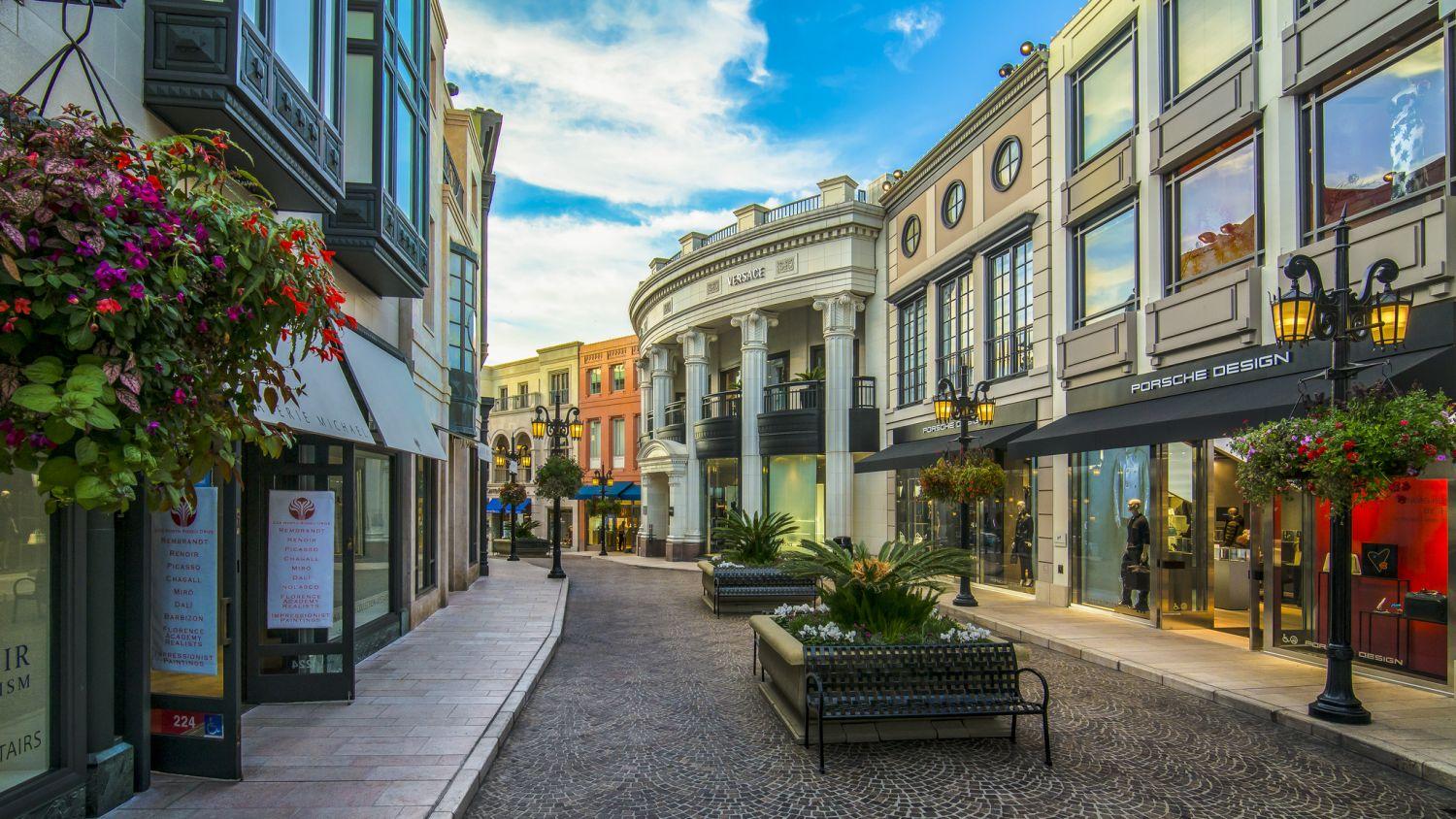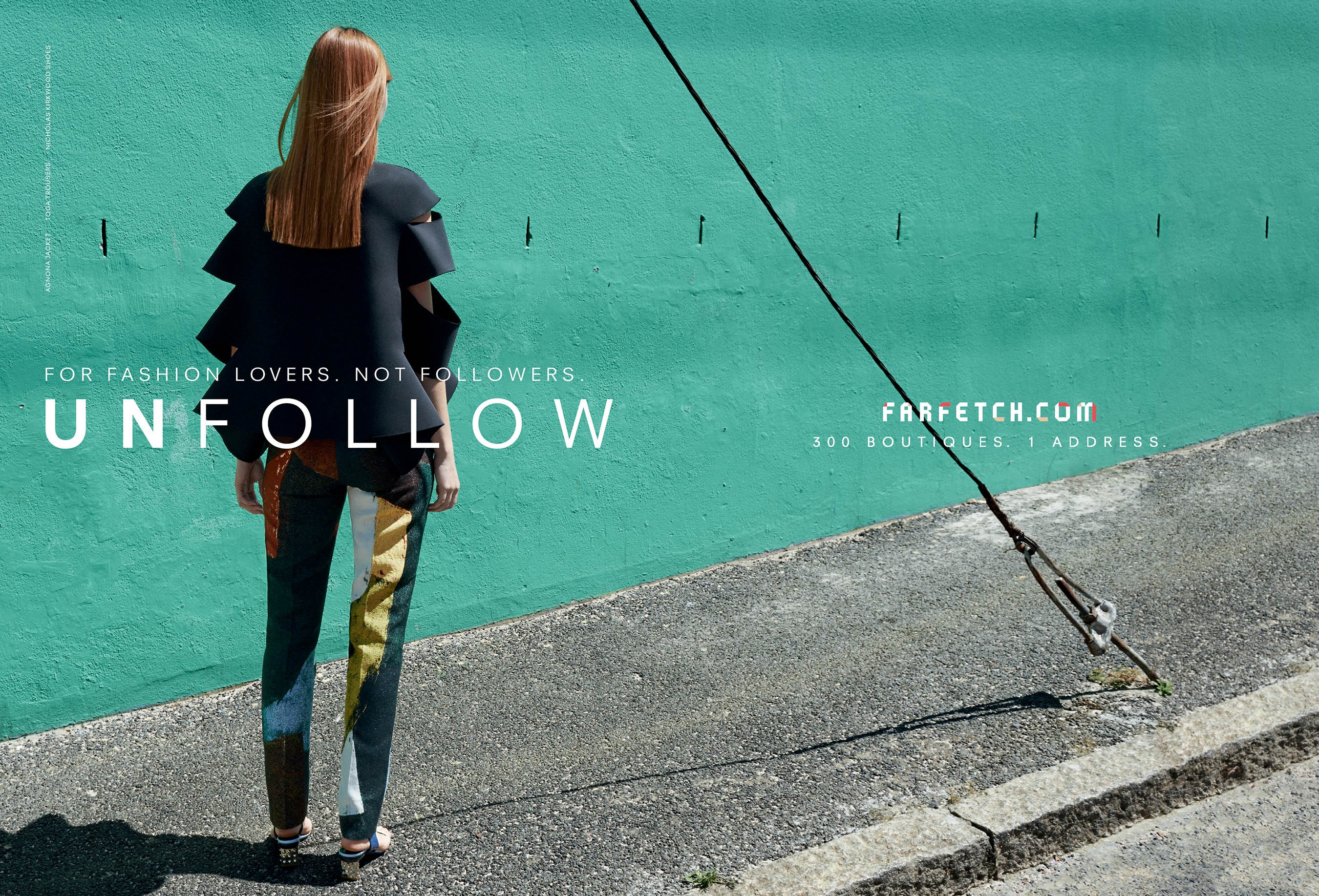Click, Add, Buy: The Demise of Brick-and-Mortar Stores.

In a period of constant economic turmoil and changing landscapes across the fashion industry, the emergence of digital platforms couldn’t have come at a better time. Historically, it could be argued that physical spaces were one of the factors which contributed to a successful label.
However, currently we are seeing an increase in digital brands booming thanks to the power of social media and various internet platforms which allow for products to reach an immense audience, without the need for brick-and-mortar stores.
Image Credit: entrepreneur.comData has shown that classic shopping areas such as Rodeo Drive, Oxford Street and Via del Corso have suffered in terms of sales due to the customers increased preference for shopping from the comfort of ones home.
All major labels now have internet sites offering latest collections, therefore the incentive to physical visit the stores has diminished. On top of this, due to the worldwide increase in property prices, many stores have closed meaning they are becoming less accessible for some customers, providing further a reason to e-buy.
Image Credit: lovebeverlyhills.comOne only needs to look at top players within commerce to see the opportunity the internet has provided for the fashion sector. The recent union of Net-A-Porter and Yoox will see a combined annual sale of €1.3 billion; Farfetch, MyTheresa and matchesfashion.com are hot on their heels, with projected sales also in the billions.
These e-commerce pioneers can be credited for bringing the fashion world online, therefore creating a whole new world for consumers. Gone are the days where buying required trekking to department stores, high streets and markets. Now, one simply needs internet access, and the latest season offerings are available. The internet has also provided ease of access; take farfetch.com as an example.
Products are sourced from boutiques all over Europe, meaning competition is fierce and therefore providing an unbelievable amount of choice for consumers of fashion.
Image Credit: multivu.comIf we look a step below these key industry players, the internet has provided a space for new designers and up-and-coming labels to establish themselves without the need for a physical space to sell. Through the power of sharing, liking and commenting, new labels are able to sell themselves without the past need for injecting money into brick and mortar stores; even advertising costs have diminished considerably.
Image Credit: blog.hubspot.comIf a label establishes themselves on platforms such as Instagram, Facebook, Twitter etc, the likelihood for success is pretty high. Social media stars act as billboards; brands send ‘freebies’, and in return the piece of clothing is photographed and posted, along with a direct link to the labels page and possibly a link straight to purchase the good. This provides huge advertising opportunities for start up labels who perhaps wouldn’t have the means to effectively promote without the power of sharing.
Image Credit: businessinsider.comOne thing which the internet has been criticised for is providing a platform for anyone to flog their wares; it not only supports truly talented creatives but it has also created a ‘junkyard’ mentality. However, it is how one uses the internet and social media which will truly distinguish which brands will be successful and which will fade into the background.












